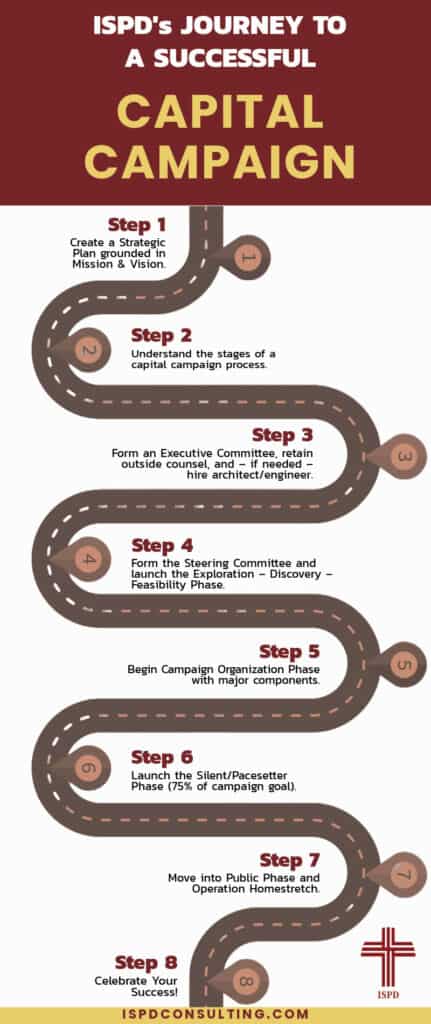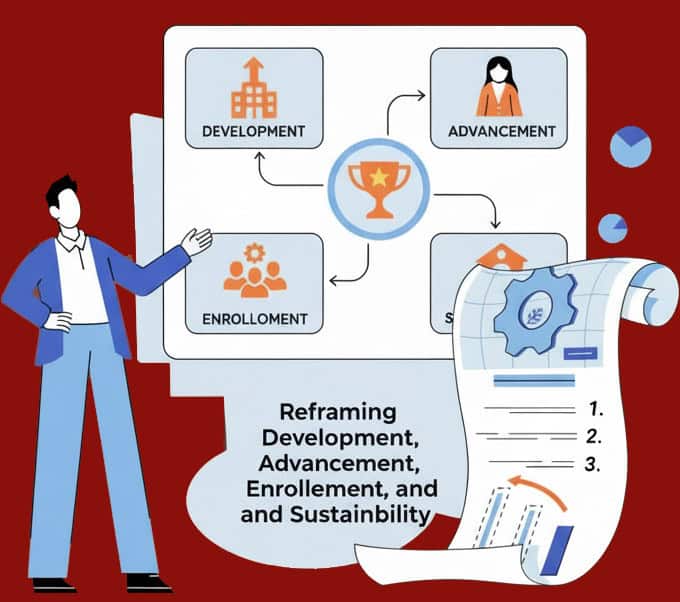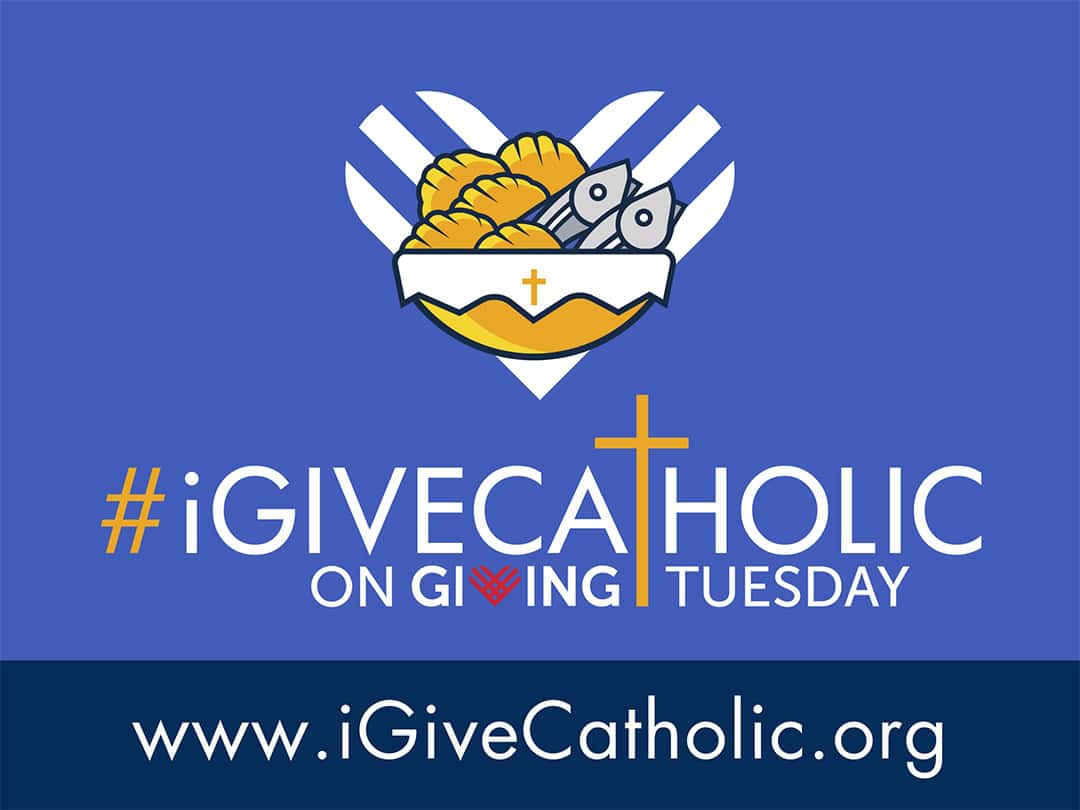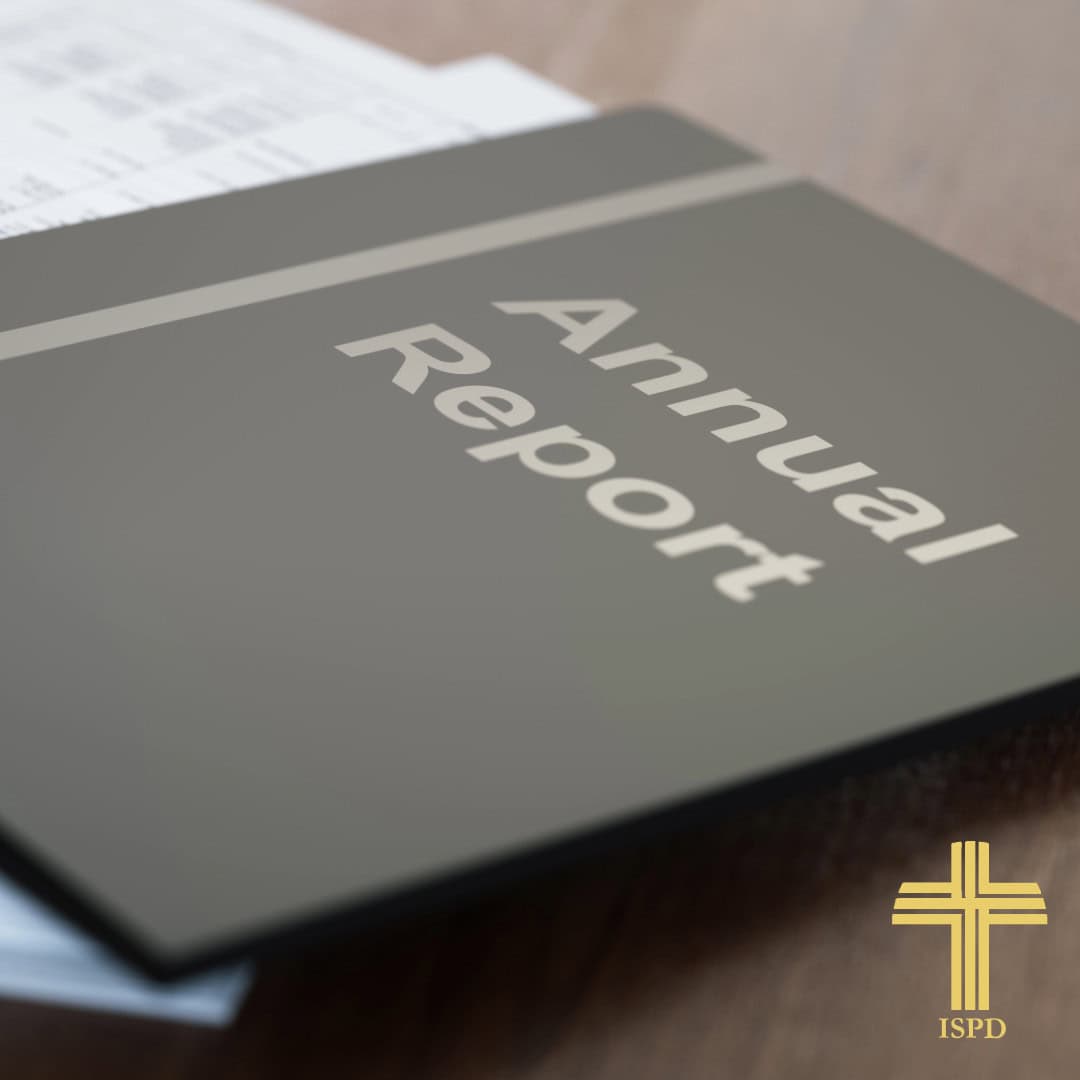A number of years ago, a friend of mine who was pastor of a mid-size Catholic parish in the south called me to pick my brain about a capital campaign he was running at his parish. “Father Jim” and I had grown up together and had stayed in touch through the years, occasionally going on a fly-fishing trip when time would allow. “Father Jim” was one of those pastors who was great at anything he set his mind to, and he strongly felt that he could handle raising $3,000,000 to build a multi-purpose building for the parish. He was also not one to go through a long decision-making process; once he made his decision, he moved on it. Below is how that conversation went.
“Frank, great to hear your voice; it has been a while since we wet a line on the Catawba River.”
“Father Jim, how are you doing? I think about you often.”
“Well, I called to pick your brain about something, so let me dive into it.”
“Sounds great. What’s on your mind?”
“Frank, about 18 months ago, our parish and school launched a capital campaign to raise $3,000,000 to build a multi-purpose building. We did not hire any outside help; we believe we can do this ourselves. That being said, we are 1 ½ years into this campaign, and we have only raised $800,000. What could we be doing wrong? Can you share some thoughts?”
“Jim, before that, let me ask a few questions.”
“First of all, whose idea was this to build this multi-purpose building?”
“Well, it was mine and the building committee,” Father Jim answered.
“Jim, that is Strike One,” I said. “Secondly, did this decision grow out of any strategic planning process where this was one of the top priorities?”
“No,” he said. “The building committee and I knew what needed to be done, and we decided to try and raise the money for it.”
“Well, that is Strike Two,” I responded. “Last question is this: how did you raise the $800,000? Did anyone from the parish/school sit down and personally invite people to participate?”
“No,” Jim said. We didn’t have time for that. We have a wonderful graphic designer here at the parish, and she designed a beautiful pocket folder, a brochure with pictures, a pledge card, and a return envelope. We mailed out packets to every parish and school family and handed out packets after every Mass over a two-weekend period.”
“Strike Three. You’re out,” I exclaimed. “However, I do have to congratulate you. I am amazed that you raised $800,000 and never personally invited anyone to consider a gift to the campaign.”
“Father Jim” and I went on and discussed ways to alter the course of action, and over a two-year period he did manage to raise the money, but only after making over 75 personal visits and hosting numerous parish and school and home receptions where people were personally invited.
ISPD’s Journey to a Successful Capital Campaign

- Make sure your Catholic school/parish has created a strategic plan grounded in your mission/vision for the future. Out of this strategic plan should grow the “menu of items” you could possibly consider for a capital campaign. Numerous people should be involved in this process.
- Understand the five stages of the capital campaign process:
- Exploration – Discovery – Feasibility Phase
- Campaign Organization Phase
- Silent/Pacesetter Phase
- Public Phase
- “Operation Homestretch” Phase: Final 100 Days
- Form an Executive Committee to begin the campaign journey — 4-6 people who are the main decision makers for your Catholic school/parish.
- Consider retaining an outside consulting firm to facilitate the above five stages.
- If needed and applicable, retain an architect/engineer to study the condition of your present facilities and suggest possibilities for capital additions and improvements.
- With your “menu of items,” launch the Exploration – Discovery – Feasibility Phase in order to gather demographic, attitudinal, interest, and financial data to determine if there is support for this “menu of items” and what the priority order is. This phase takes 4-6 months. The final Feasibility Study Report is usually created by outside counsel, and this lets you know how much money your Catholic school/parish could raise in a capital campaign. Strong suggestion: Please do not plan to launch a capital campaign without conducting a Feasibility Study.
- If the Feasibility Study proves to be positive, move into the Campaign Organization Phase with these major components:
- Strong case statement
- 2-4 Honorary Chairs
- 5 Operational Chair Couples
- Pacesetter Division Chairs and Teams
- Public Division Chairs and Teams
- Campaign packet
- Campaign video
- Naming opportunities
- Launch the Silent/Pacesetter Phase with the goal of raising 75%+ of the campaign goal.
- Launch the Public Phase in which everyone is invited to consider a gift.
- Move into the final 100 days with a matching/challenge gift to motivate everyone’s involvement.
- Celebrate success!
How ready your Catholic school/parish is for a capital campaign depends greatly on your understanding of the above steps. There are no shortcuts. Since 1989, ISPD has raised close to $1 billion for Catholic schools and parishes. The three major mistakes that are made are: 1. Not having a strategic plan in place that clearly articulates the rationale for conducting a campaign; 2. Trying to conduct a capital campaign without doing a feasibility study; 3. Not retaining outside Catholic counsel for experience, proven processes, a successful track record, and objectivity.
If you have any questions or wish to discuss your situation, please contact us. We will be glad to answer your questions.














